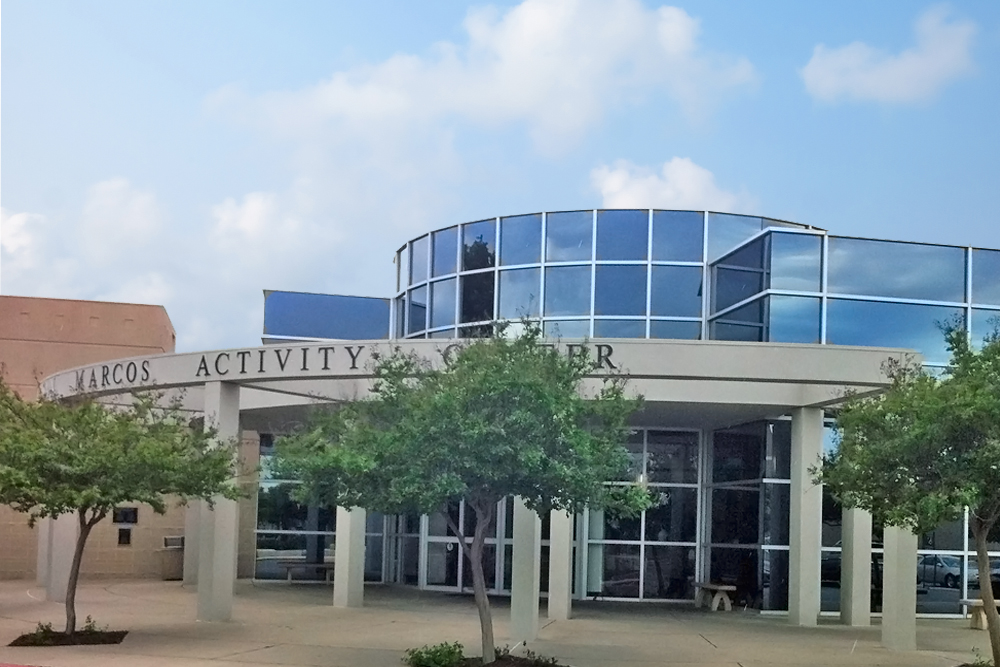Today In History – February 12
February 12 marks the birth of painter Thomas Moran (1837-1926).* His depictions of Western landscapes inspired Americans to conserve and cherish spectacular wilderness areas as part of their national heritage.
![]()
Today in History – February 12; Thomas Moran, Painter
February 12 marks the birth of painter Thomas Moran (1837-1926).* His depictions of Western landscapes inspired Americans to conserve and cherish spectacular wilderness areas as part of their national heritage.
In the summer of 1871, Moran joined the U.S. Geological Survey of the Territories. Headed by Ferdinand V. Hayden, this scientific exploration of lands along the Yellowstone River in northwestern Wyoming and southeastern Montana included a painter and a photographer. Visual documentation not only served to verify textual reports but also stimulated public interest.
Thomas Moran. Napoleon Sarony, photographer, 1890-96. The Evolution of the Conservation Movement, 1850-1920.Collaborating closely with William Henry Jackson, the expedition photographer, Moran took extensive notes and made numerous watercolor sketches of sulphur fields, hot springs, geysers, waterfalls, and evergreen mountain peaks. Returning East, Hayden displayed many of Moran’s sketches and Jackson’s photographs in Washington, D.C.
These images helped convince Congress to set aside the Yellowstone area as a national park. Legislation establishing the park took effect March 1, 1872. Congress later purchased two of Moran’s panoramic landscapes to embellish the U.S. Capitol: The Grand Cañon of the Yellowstone (1872) and The Chasm of the Colorado (1873-74).
Moran continued to travel and paint in the West. Although Scribner’s, Harper’s Weekly, and other influential magazines published black-and-white engravings of his art, Moran’s paintings of wilderness spectacles attracted the widest acclaim.
Beginning in 1874, Thomas “Yellowstone” Moran (as he sometimes signed his name) created a series of watercolors that were published as chromolithographs by L. Prang and Company in 1876. Louis Prang was a pioneer in the full-color reproduction of American art; his chromolithographs of Moran’s paintings added a new dimension to public appreciation of Western scenic beauty.
Moran was less interested in exactly replicating the marvels of nature than in capturing their overall impression on the human spirit. In this, he was deeply influenced by the British painter J.M.W. Turner, whose works he copied and studied in his youth; and by Turner’s champion, the British critic John Ruskin, who expressed admiration for Moran’s art.
Two of Moran’s brothers also were painters. Edward, known mostly for his maritime paintings, was Thomas’s principal mentor. This photograph of a painting relies on yellow and brown hues similar to those in Thomas Moran’s Western landscapes.
* Moran gave his birthdate as January 12, but biographer Thurman Wilkins recently discovered the correct date on Moran’s birth certificate.
FEATURE PHOTO: The Great Blue Spring of the Lower Geyser Basin, Yellowstone. Thomas Moran, artist; chromolithograph by L. Prang & Co., 1875. The Evolution of the Conservation Movement, 1850-1920.
Learn More
- View additional chromolithographs of the artist’s work. Search the collection The Evolution of the Conservation Movement, 1850-1920 on Moran. Search on Hayden or Jackson to examine photographs from the U.S. Geological Survey of the Territories.
- See the Documentary Chronology of Selected Events in the Development of the American Conservation Movement, 1847-1920 for an overview of the U.S. conservation movement. To learn more about the United States Geological Survey of the Territories, see the year 1871.
- Explore the Yellowstone maps in the collection Mapping the National Parks to find out more about the Hayden Expedition and the establishment of the world’s first national park.
- Read Today in History features on John Muir, Henry David Thoreau, Frederick Law Olmsted, the Yosemite Land Grant, and Earth Day for additional insight into the history of American conservation efforts.
- Catch a glimpse of nineteenth-century tourism. Early films Tourists Going Round Yellowstone Park (1899) and Coaches Arriving at Mammoth Hot Springs (1899) are available for viewing through Inventing Entertainment: The Motion Pictures and Sound Recordings of the Edison Companies.
Visit the National Park Service online exhibit American Visionaries: Thomas Moran, part of a series highlighting the lives of Americans who contributed to the life, culture, and history of the United States; the National Gallery of Art provides biographical and other information on Thomas Moran.
This Day in History is courtesy of the Library of Congress.






